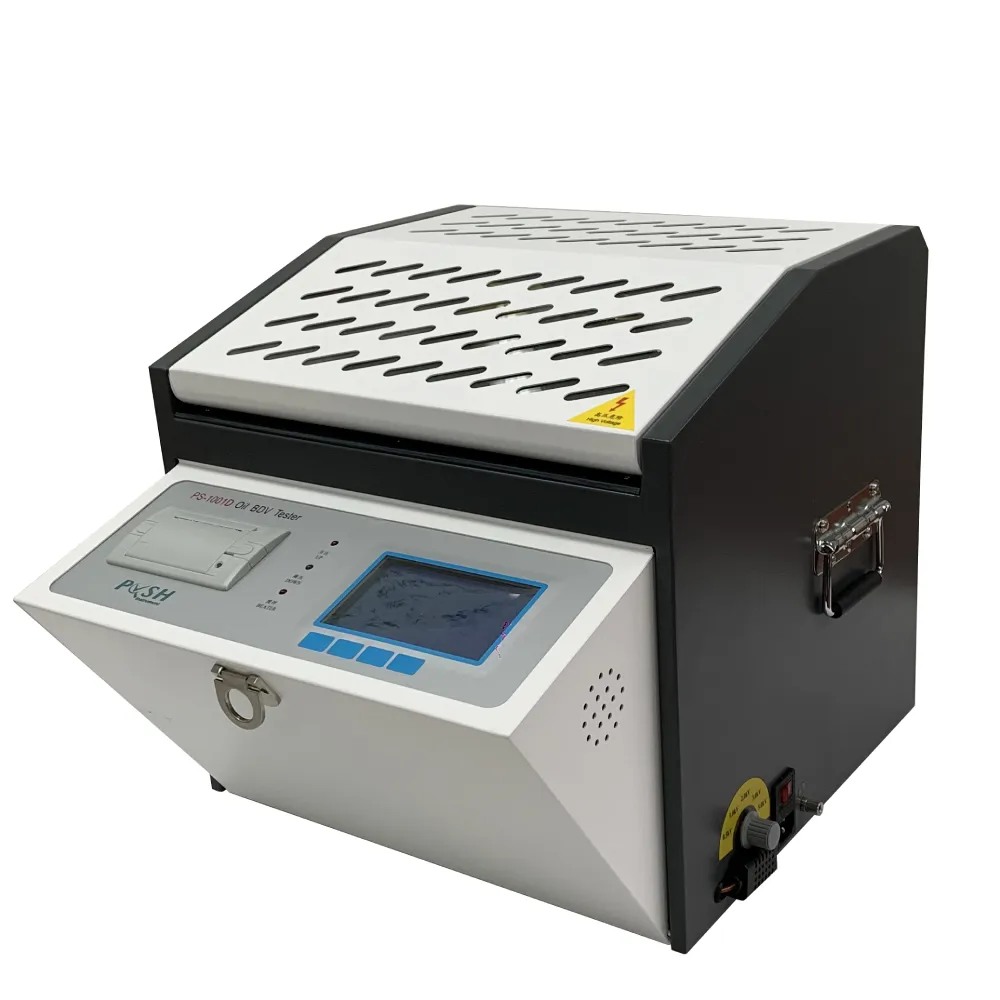 English
English


generation of impulse voltage and current
Generation of Impulse Voltage and Current
Impulse voltage and current are critical components in the field of electrical engineering, serving essential roles in testing and evaluating the performance of insulation systems, components, and electrical equipment. The generation of these high-voltage, short-duration signals is essential for simulating conditions that electrical systems may encounter in real-life scenarios, such as lightning strikes or switching transients.
To understand the generation of impulse voltage, one must first recognize that it typically involves a series of rapid voltage peaks. The most common standard used in the industry for impulse testing is defined by the IEEE standards, where a typical impulse waveform has a rise time of about 1.2 microseconds and a fall time of 50 microseconds, often referred to as a 1.2/50 μs waveform.
The generation of impulse voltage usually requires specialized equipment known as an impulse generator. This device typically consists of a capacitor bank, a charging circuit, and a triggering mechanism. Initially, the capacitor bank is charged to a specific voltage level. When the discharge occurs, a sharp voltage spike is produced as the stored energy is released rapidly. The design of the circuit ensures that the energy is discharged in a controlled manner, producing the desired impulse shape.
generation of impulse voltage and current

In the case of impulse current, it is generated in a manner similar to that of impulse voltage but typically with a focus on current transients that can occur during fault conditions or abrupt external disturbances. The impulse current waveform can also be defined by its rise and fall times, often designed to simulate realistic fault conditions that equipment might face.
Both impulse voltage and current generation serve multiple purposes in the electrical engineering domain. They are primarily utilized in laboratory environments for testing electrical systems, materials, and components against failures that may occur due to electrical stresses. Moreover, these generated impulses help in assessing the dielectric strength of insulation materials and can identify potential weaknesses in the system that could lead to catastrophic failures if left unaddressed.
In conclusion, the generation of impulse voltage and current is a vital aspect of electrical testing and safety. It allows engineers to develop and streamline materials and systems capable of withstanding real-world electrical stresses, thus enhancing the robustness and reliability of electrical apparatus. As technology advances, the methods for generating and analyzing these impulse waveforms continue to evolve, ensuring that electrical systems remain resilient in an increasingly demanding environment.
-
Differences between open cup flash point tester and closed cup flash point testerNewsOct.31,2024
-
The Reliable Load Tap ChangerNewsOct.23,2024
-
The Essential Guide to Hipot TestersNewsOct.23,2024
-
The Digital Insulation TesterNewsOct.23,2024
-
The Best Earth Loop Impedance Tester for SaleNewsOct.23,2024
-
Tan Delta Tester--The Essential Tool for Electrical Insulation TestingNewsOct.23,2024





